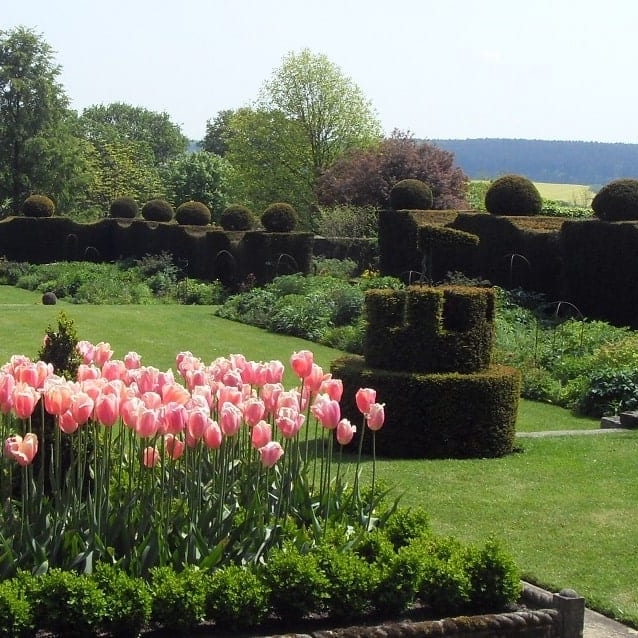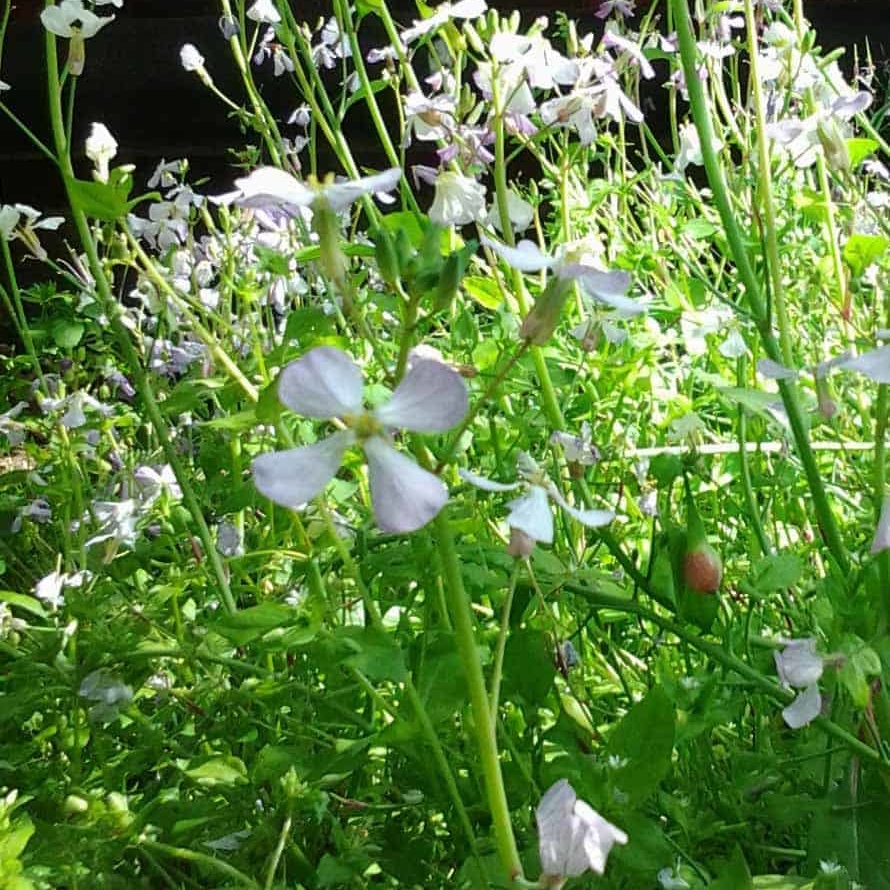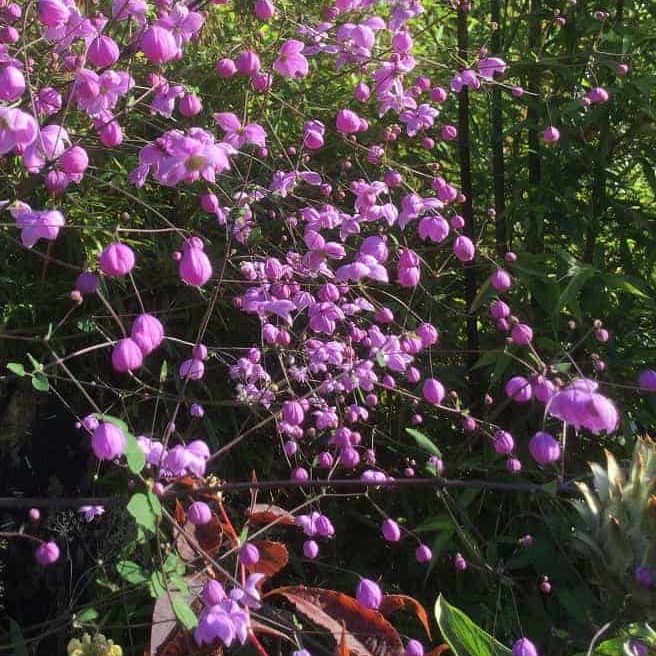Bedding plants were very popular in Victorian times. With the advent of the glasshouse, gardeners were able to raise tender plants en mass with modern methods of protection. Perennials, shrubs and roses were usually only available bare root and mail order. Potted plants were not widely available. Before garden centres began opening,
Growing colourful and exotic blooming plants from warmer climates to create displays of vibrant colours was costly and labour intensive. Local parks and gardens would also be adorned by these mass displays which would be changed twice or three times a year providing winter colour from pansies, wallflowers and later tulips.
Modern planting in domestic and public gardens rarely includes bedding in the traditional sense. The cost of producing and maintaining this type of scheme is relatively high. The increased availability of a vast range of decorative herbaceous perennials, shrubs and trees has become far more popular. More achievable and sustainable, however, from Easter onwards the garden centres, nurseries and chain stores offer a wide range of bedding plants and the industry is still thriving.
So how can we incorporate traditional bedding plants – annuals, half hardy annuals and tender perennials into modern gardens. The principle of planting is to create clocks of colour. ‘Dot’ plants for height, surrounded by lower spreading plants, cramming them closely together and producing show stopping containers, baskets and island beds. Clever combinations of bedding plants and hardy shrubs, perennials and ornamental grasses can be very effective but need to be grouped or block planted to create impact. Use the colour wheel to select plants that have a theme. Create harmony and blend colours that complement each other, avoid many different colours that can create discord. Use the ‘thrillers, fillers and spillers’ principle to add height, texture and depth to the planting. (a taller plant surrounded by mid height plants, finished off with spreading or trailing plants around the edge. Grow plants at home to get a more exciting choice than what is available in the garden centres reducing the cost. Do your planning in advance. Order seeds in winter for sowing in late February/early March. Sow in a heated glass house or take cuttings of tender perennials in Autumn or late Winter. Ensure thoroughly hardened off before planting out in the ground in late May/early June. Containers can be potted up in April/May and grown on before hardening off and placing outside.
Caroline Wright
Caroline brings decades of horticultural experience, both practical and theoretical. Having lectured at Brackenhurst Horticultural University for many years, Caroline has now relocated to France and is following her passion for growing plants and teaching. Caroline and her husband Paul run the plant nursery, propagating all of the plants themselves and lead a wide selection of fun and interactive horticultural and craft based courses.



